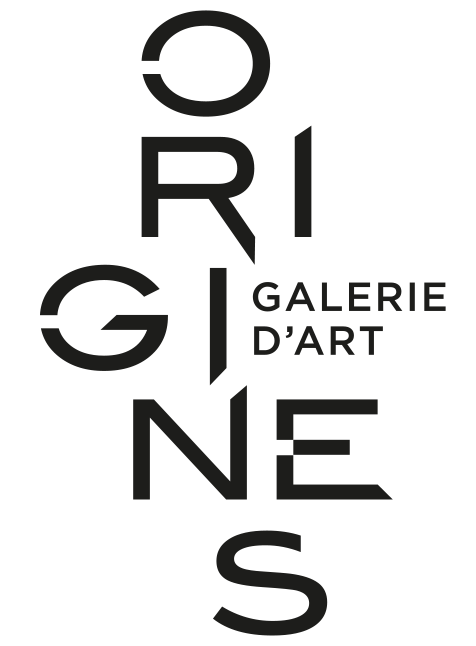CHABAUD Louis-Félix
CHABAUD Louis-Félix
Son of a farmer, Louis-Félix Chabaud attended the local school in Venelles until 1836 and was apprenticed to a baker, then to a marble worker in Aix, Mr. Raimond. He began his studies at the School of Fine Arts in Aix-en-Provence with Joseph Marius Ramus and finished them at the School of Fine Arts in Paris under the direction of James Pradier.
On September 9, 1848, he won the 1st Grand Prix de Rome in medal engraving and fine stone for his Mercury forming the caduceus. He stayed in Rome for four years, as a state boarder at the Villa Medici.
Back in Paris, he exhibited at the 1853 Salon and won third prize for Agriculture (bronze) and Ceres Embracing Triptoleme. In 1855, he was also awarded for a series of medals: Agriculture, Napoleon III and a woman's head. In 1857, he was again awarded a prize for a plaster sculpture representing The Hunt, acquired by the French State. In 1859, twelve cameos in fine stones earned him the prize for engraving and in 1863, he received a third medal for a statue of Agriculture and a bas-relief entitled The Abolition of Slavery.
Renowned as an ornamental sculptor, he participated in the decoration of the Palais Garnier in Paris.


